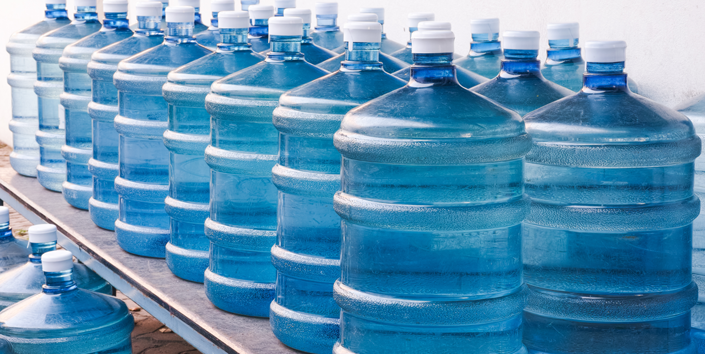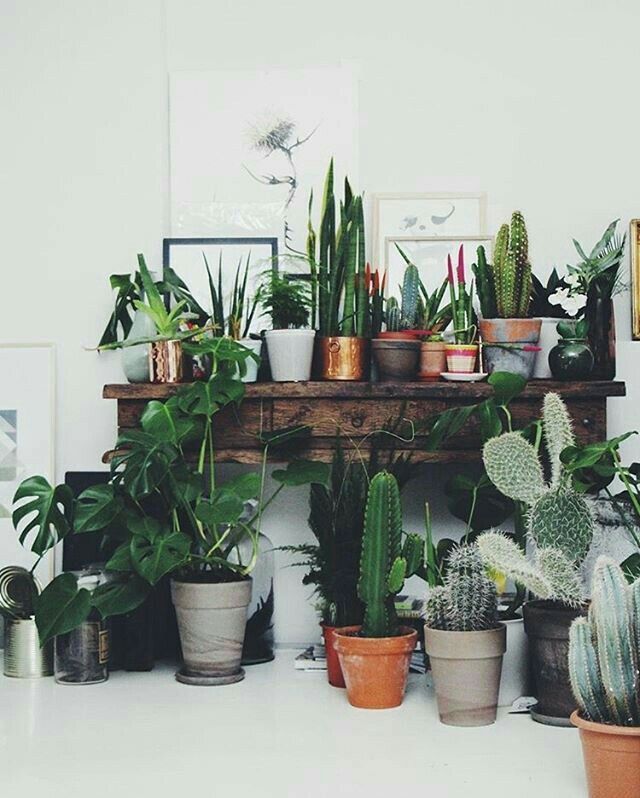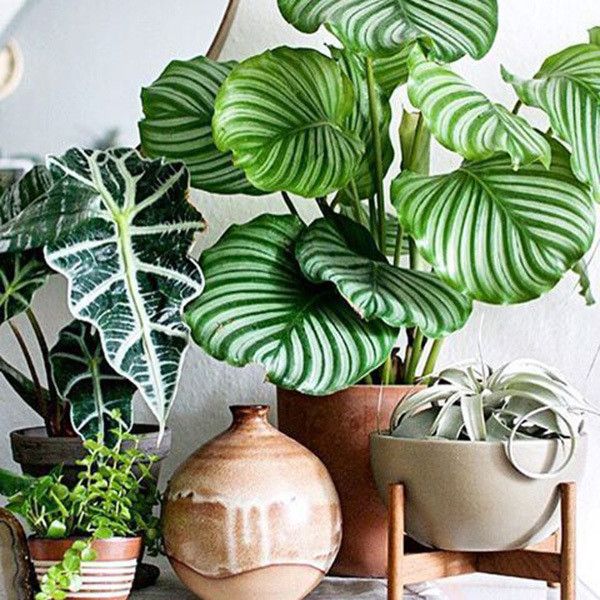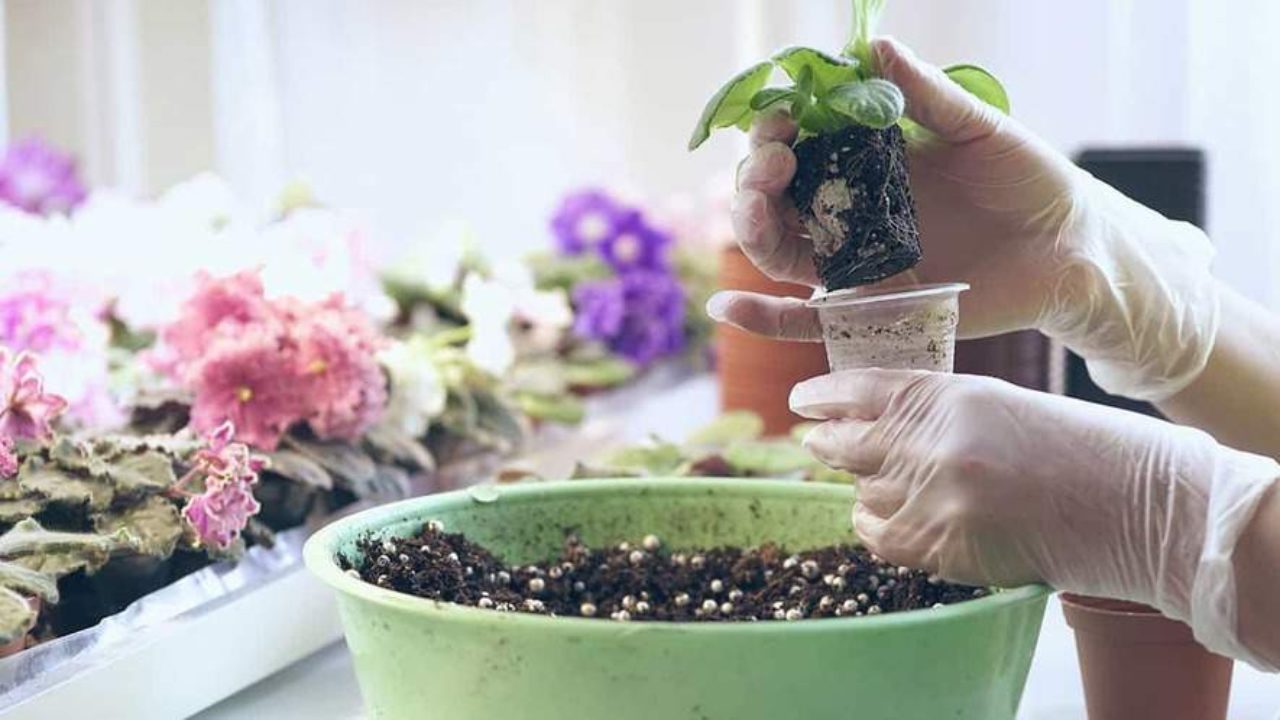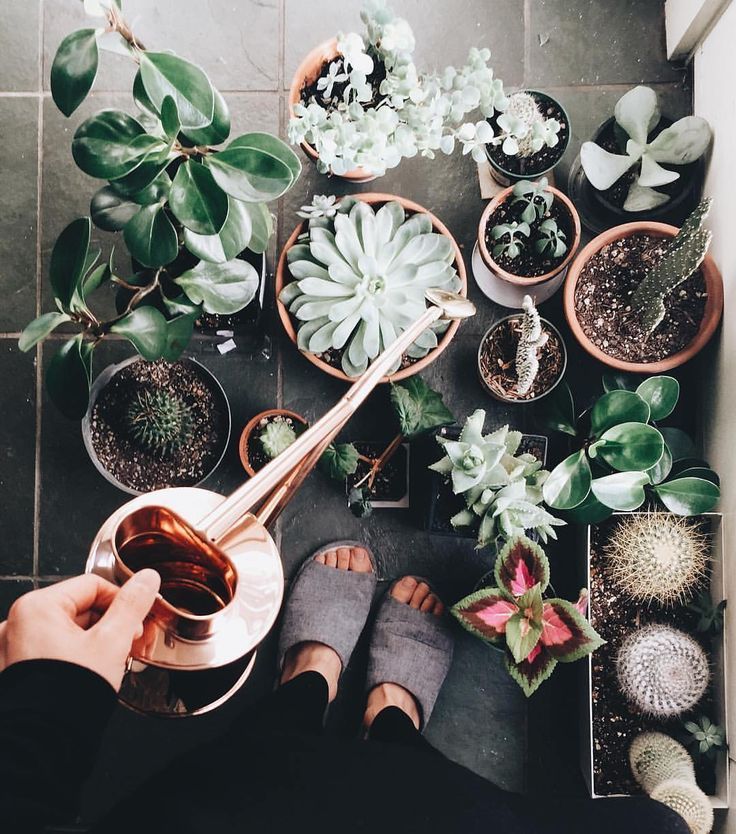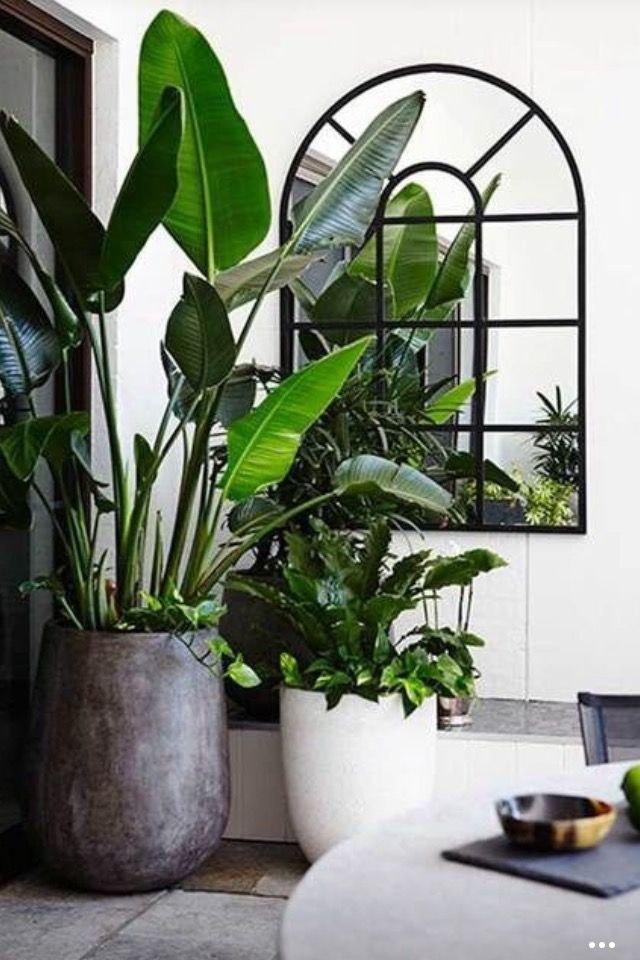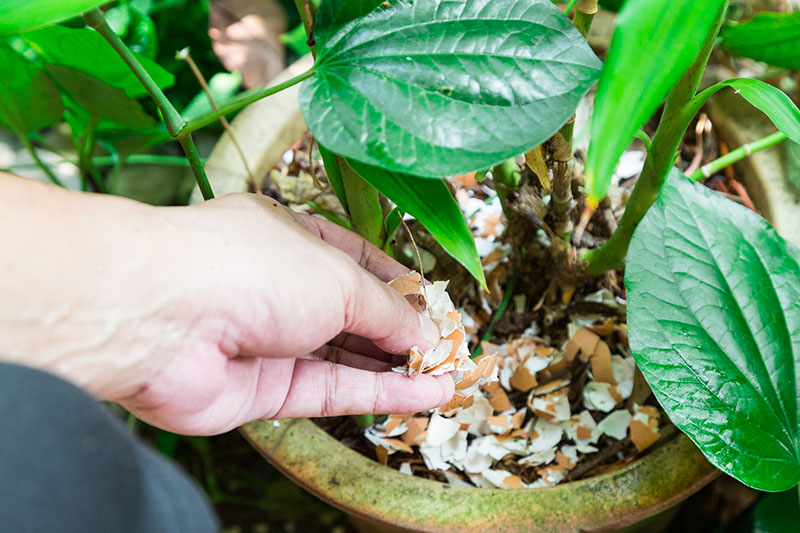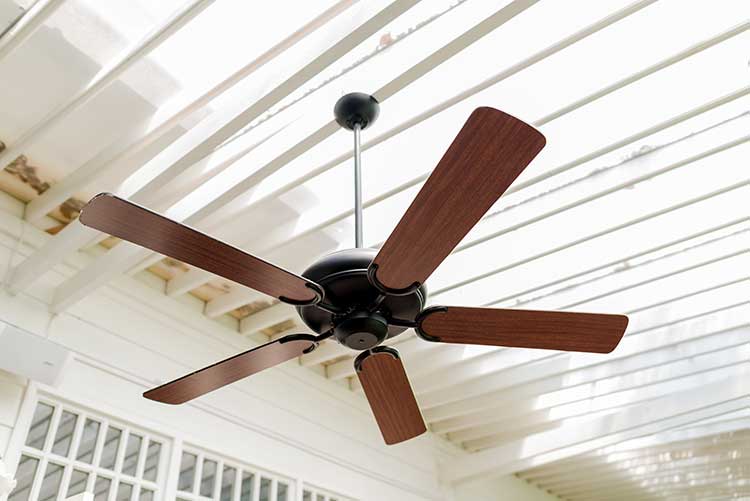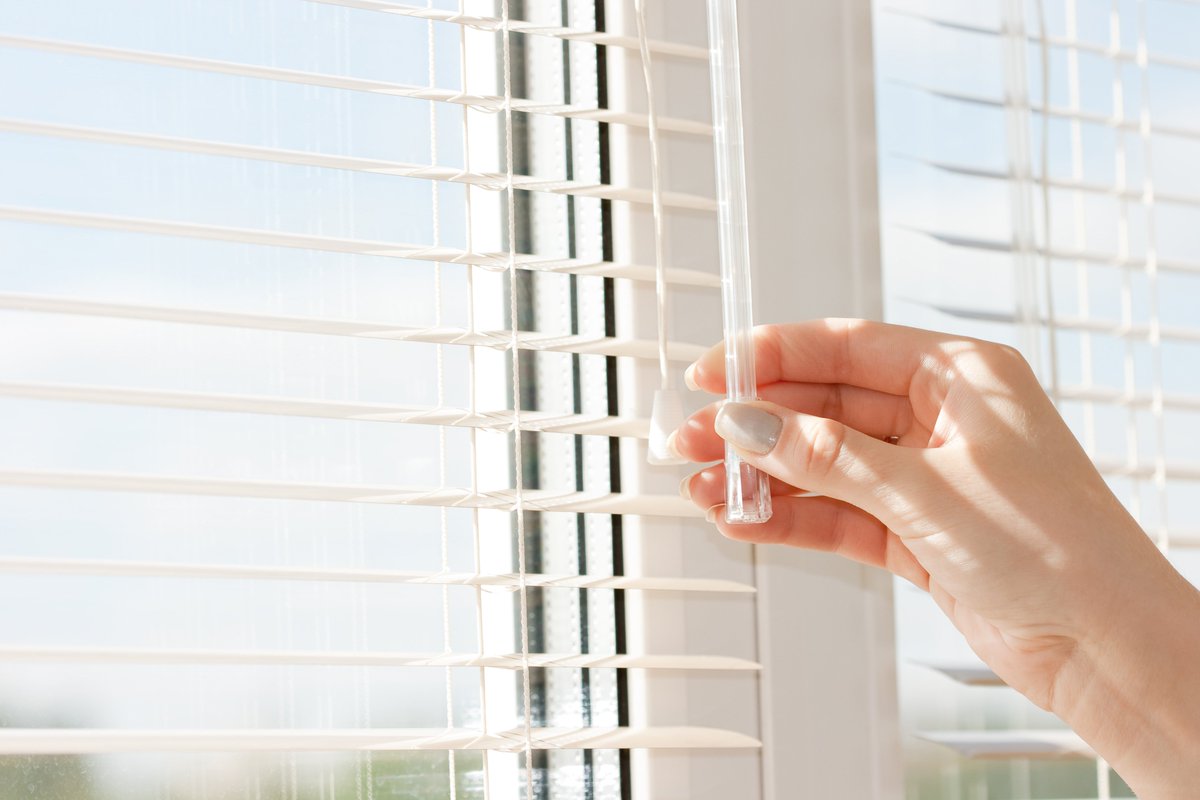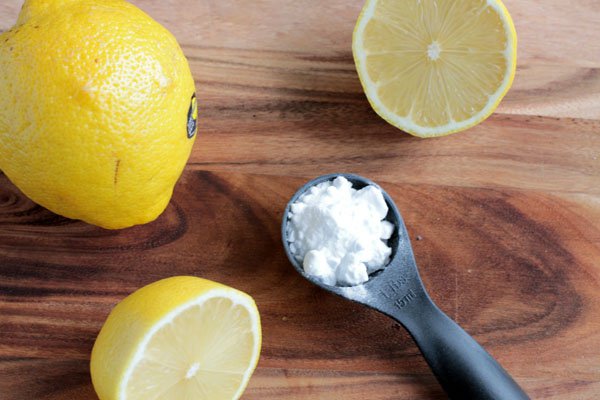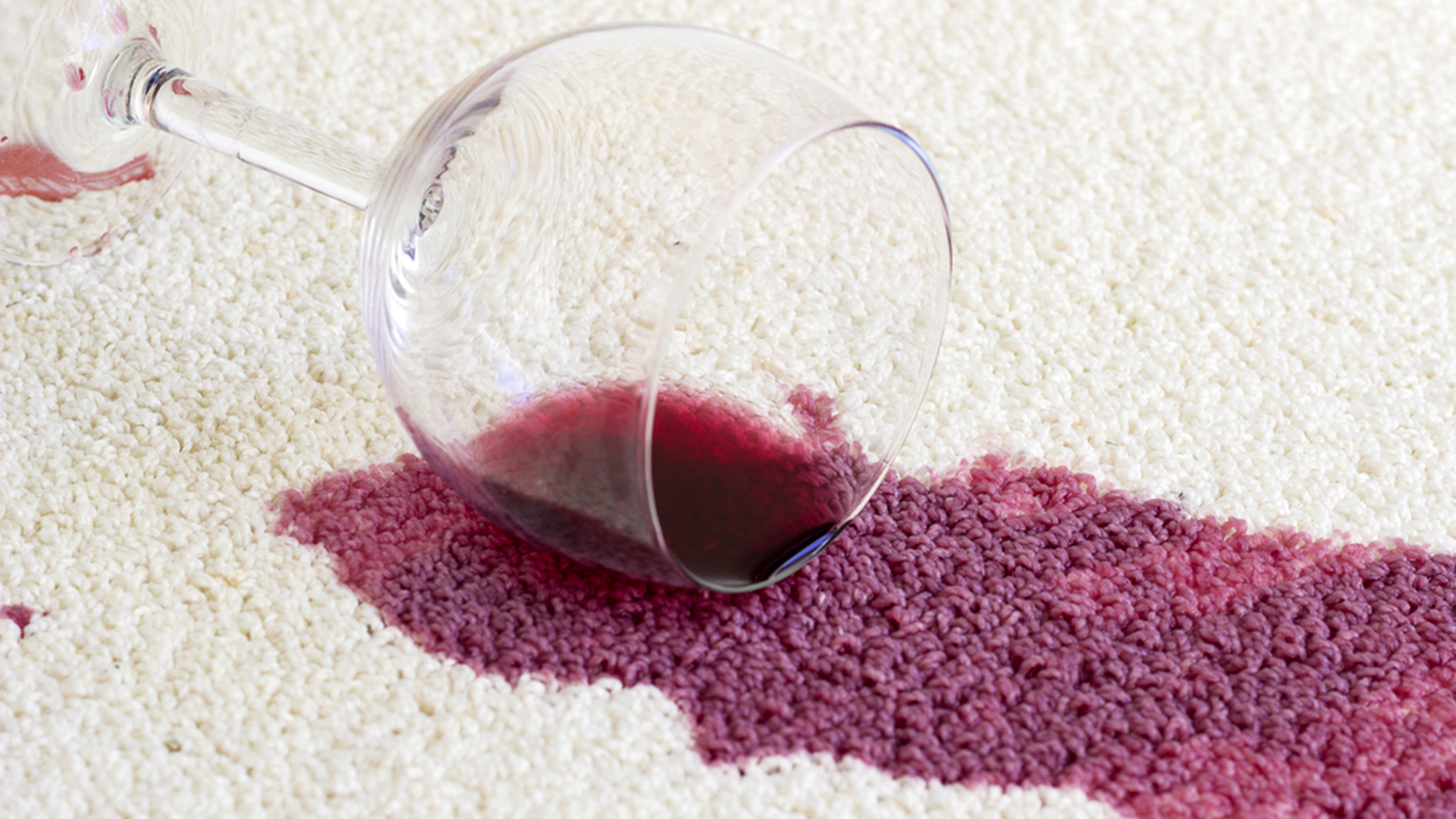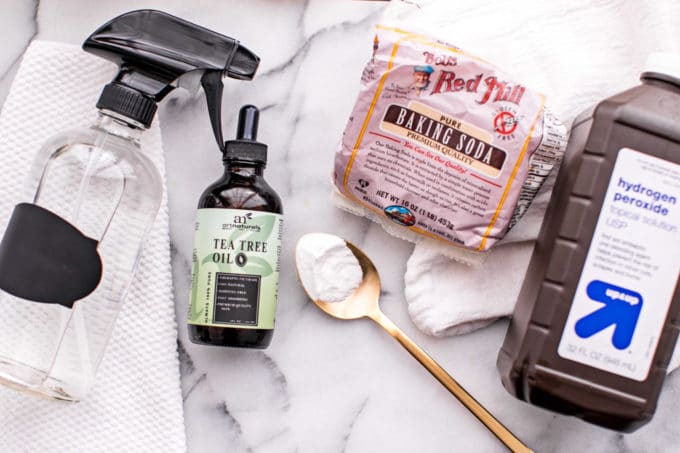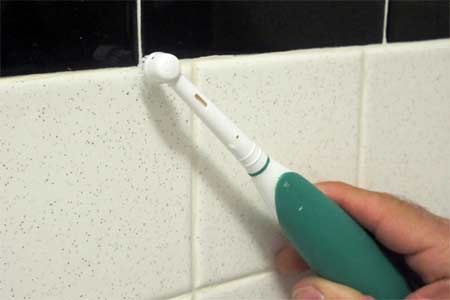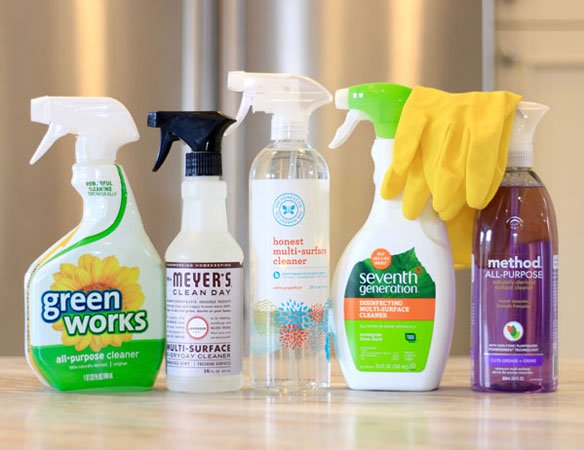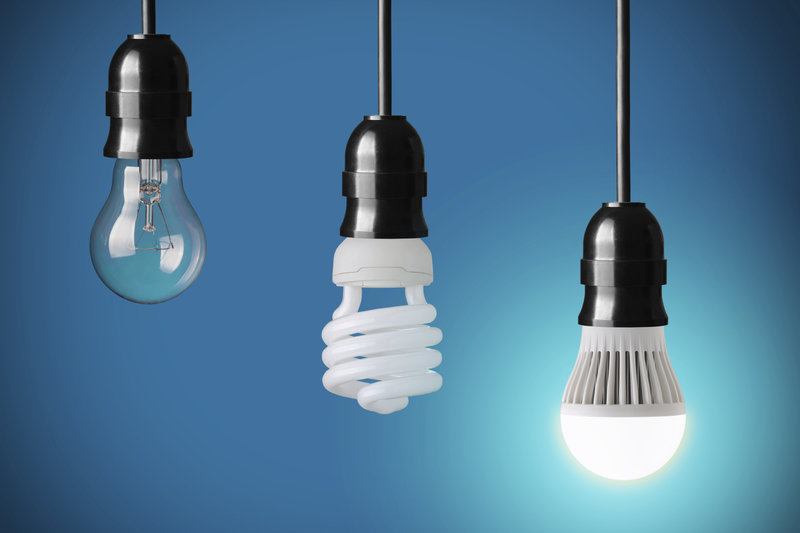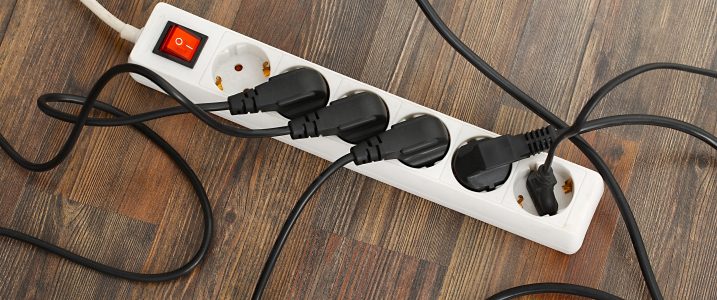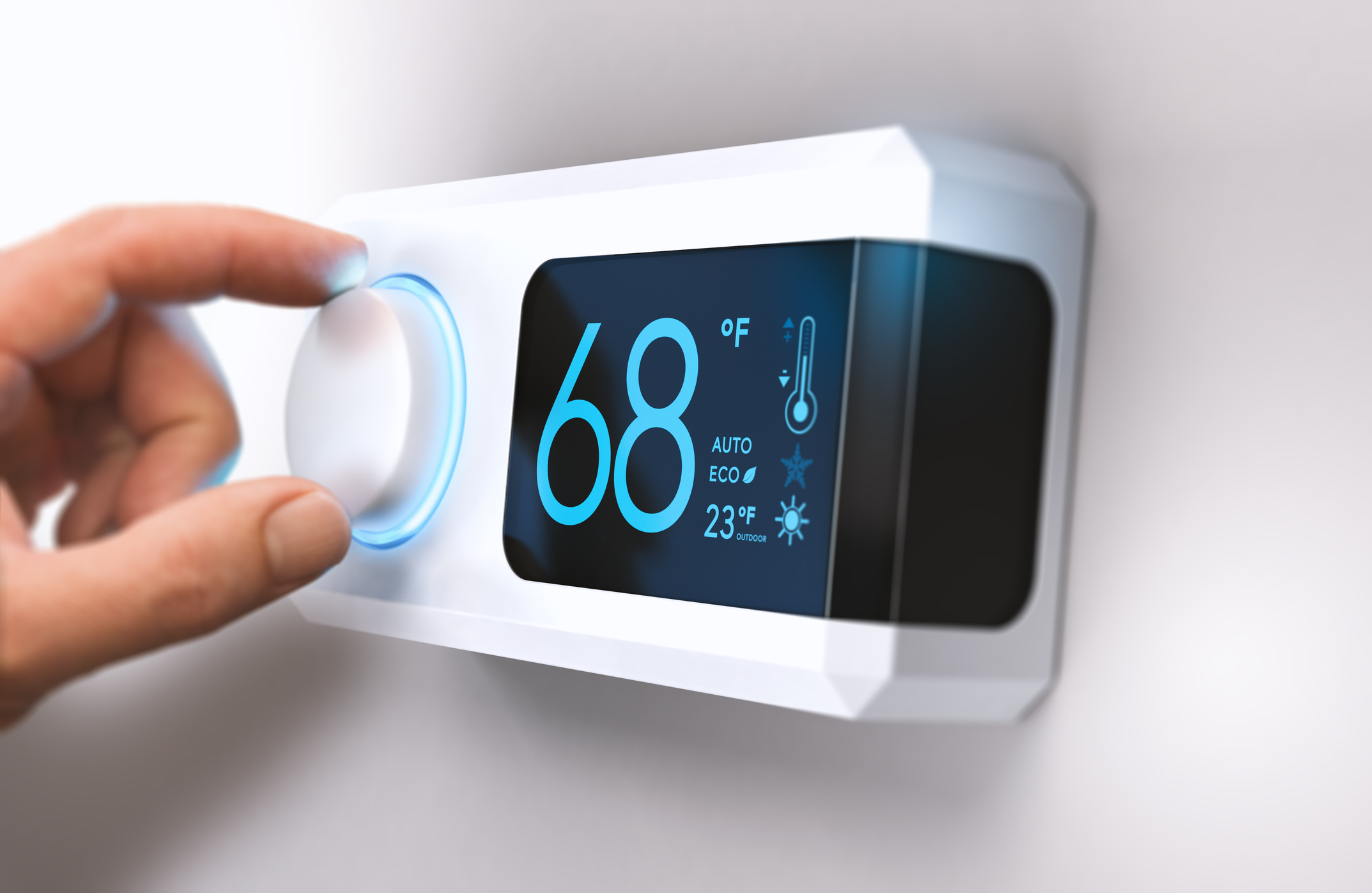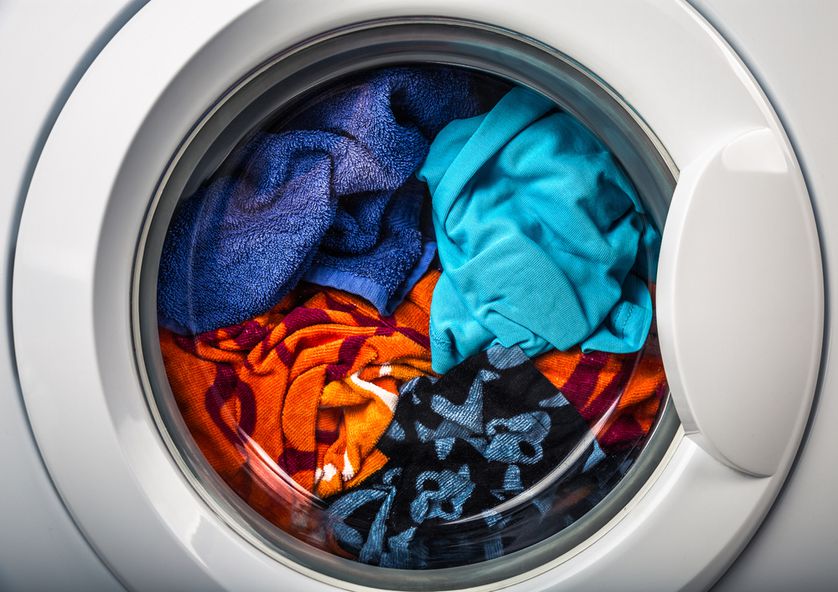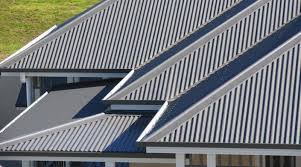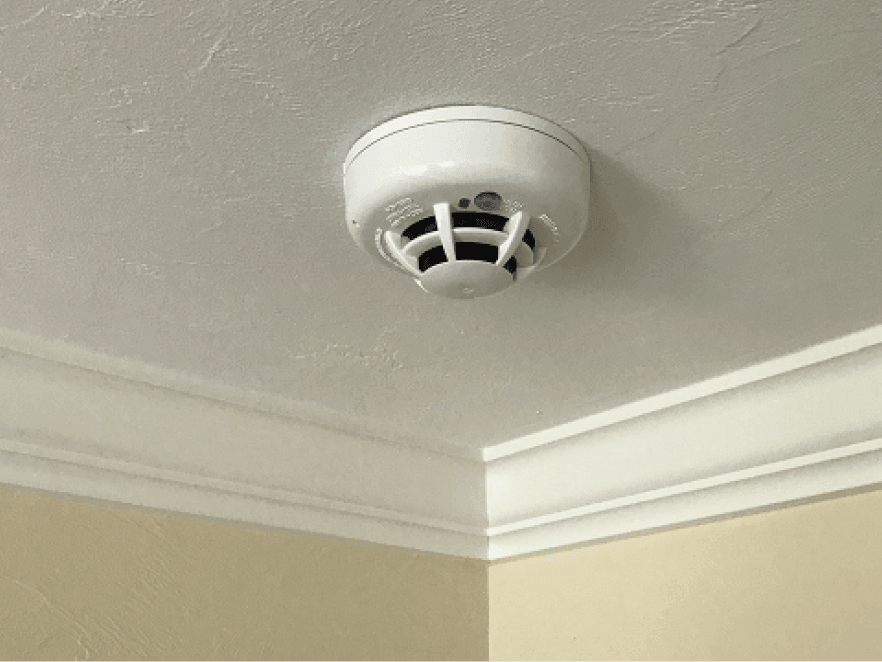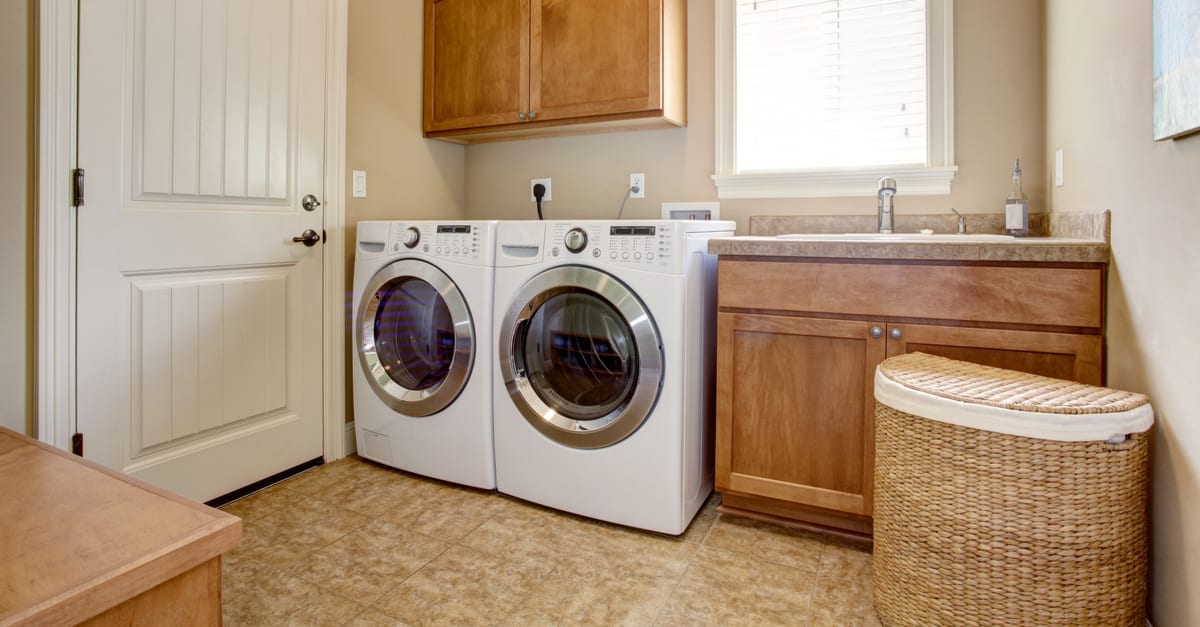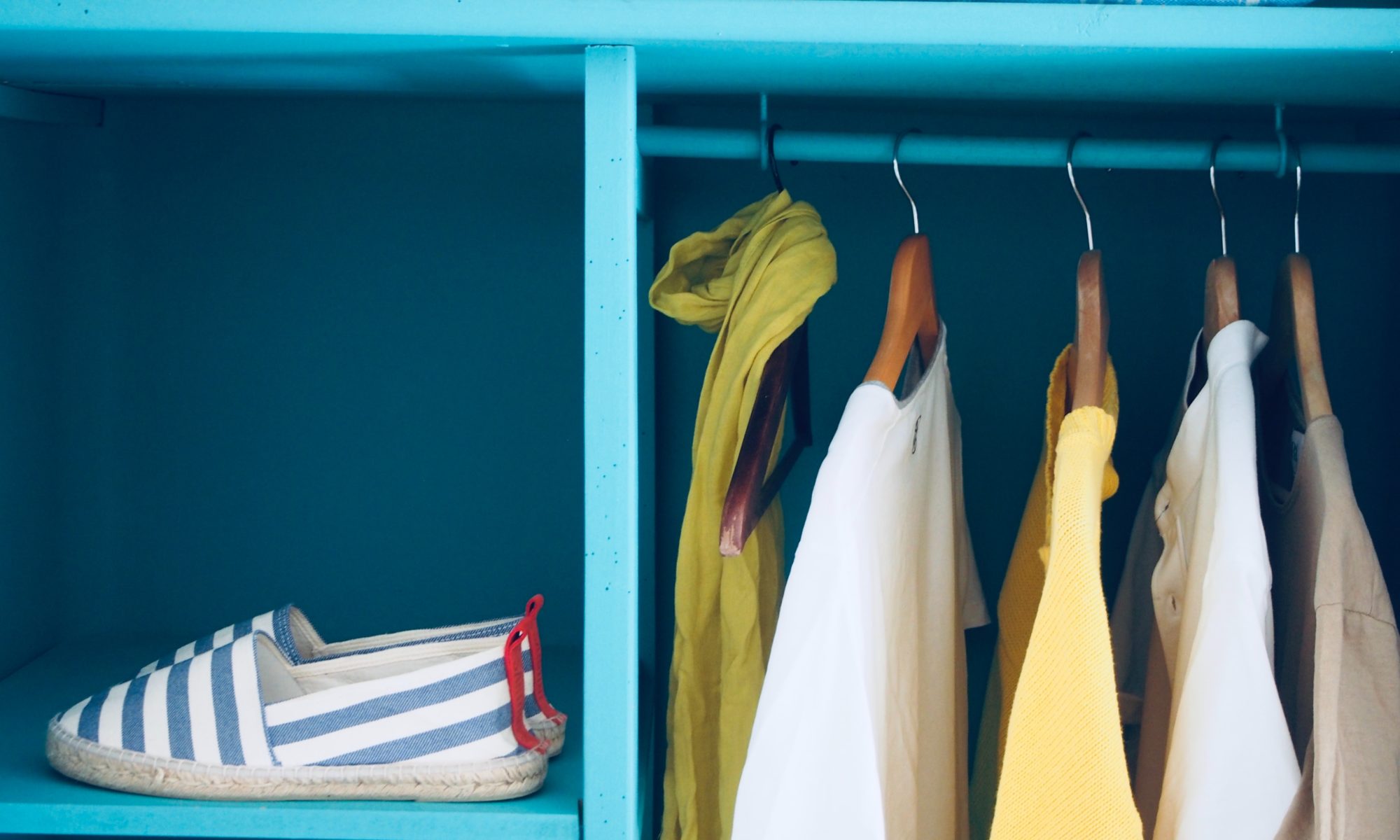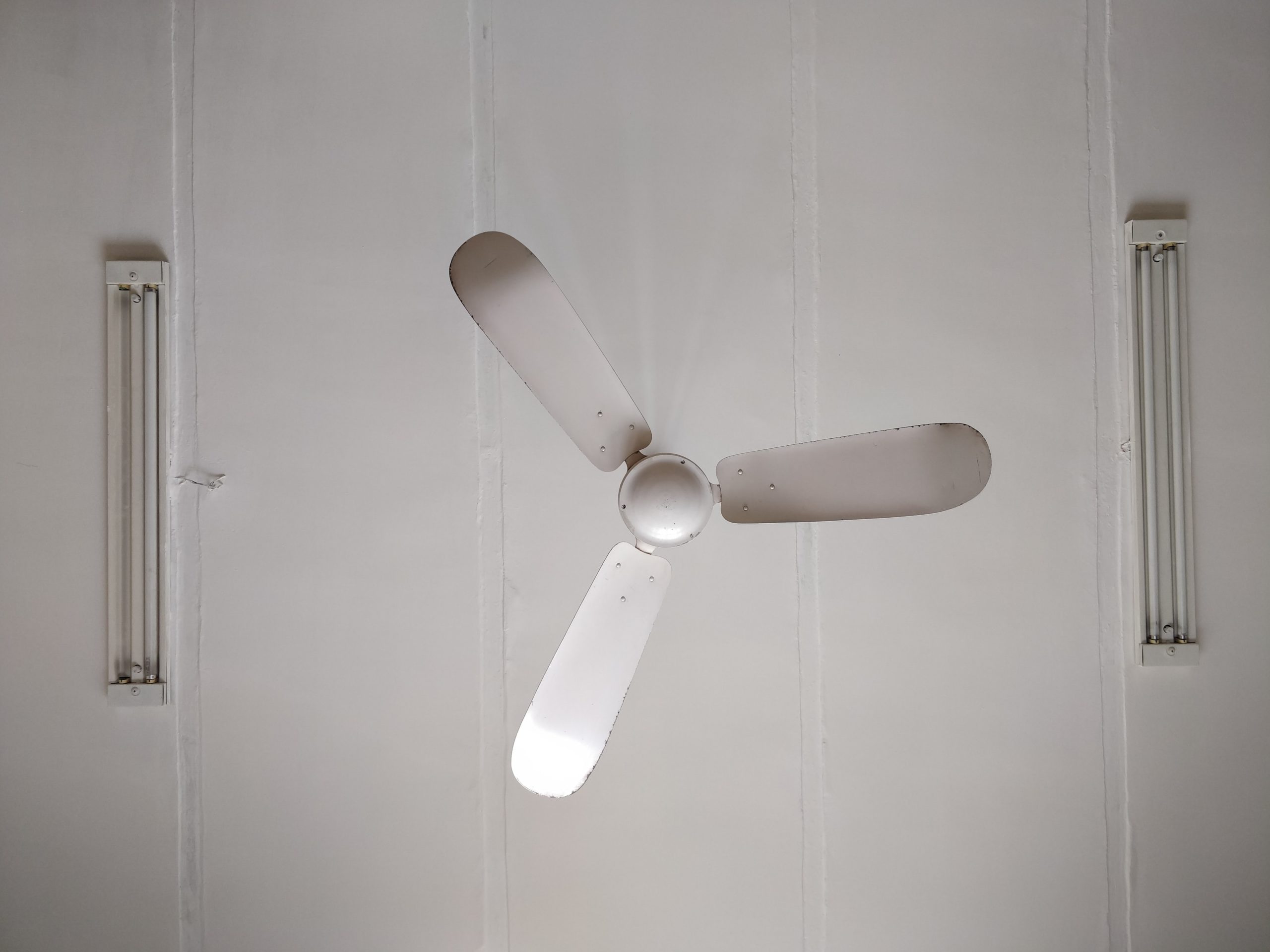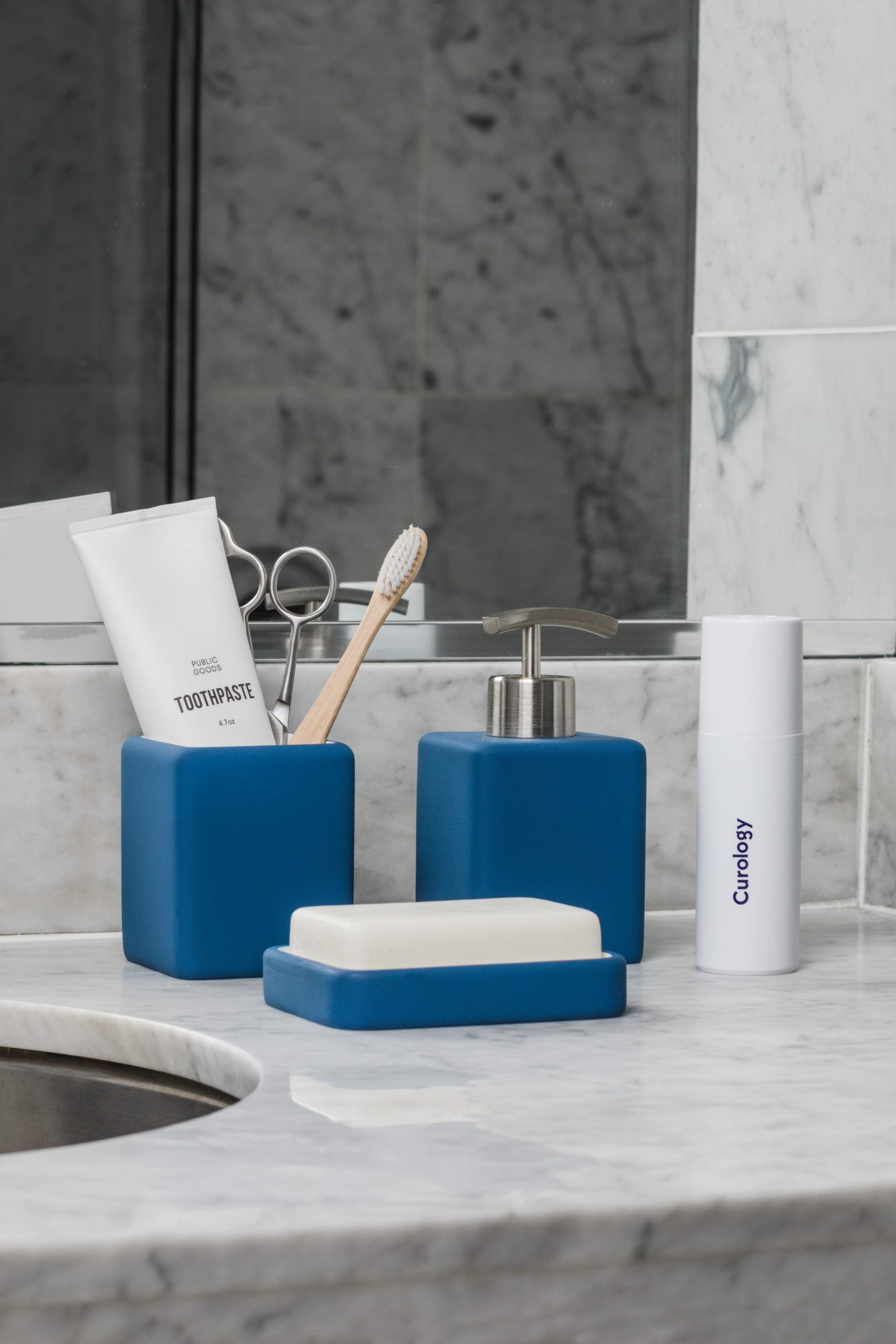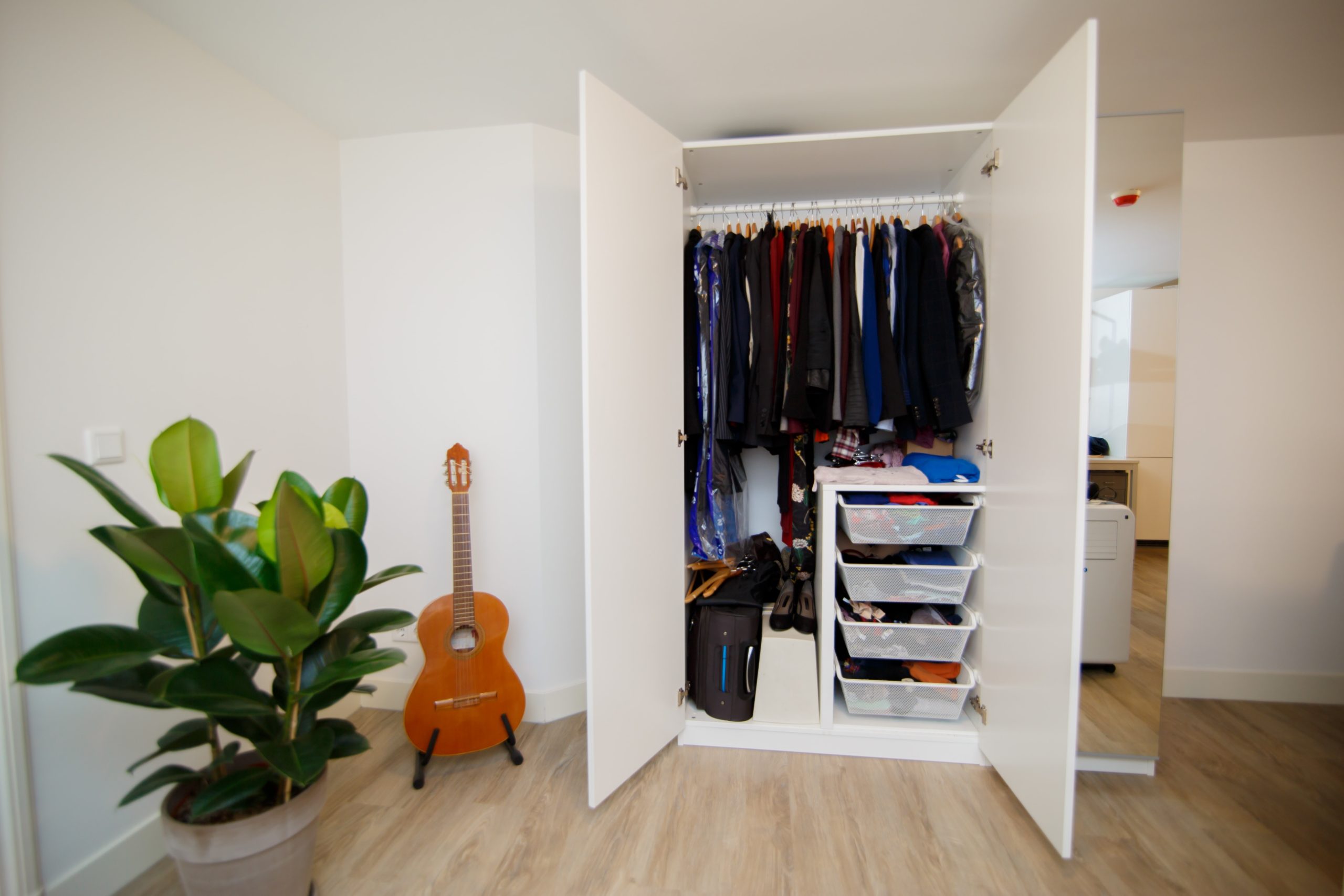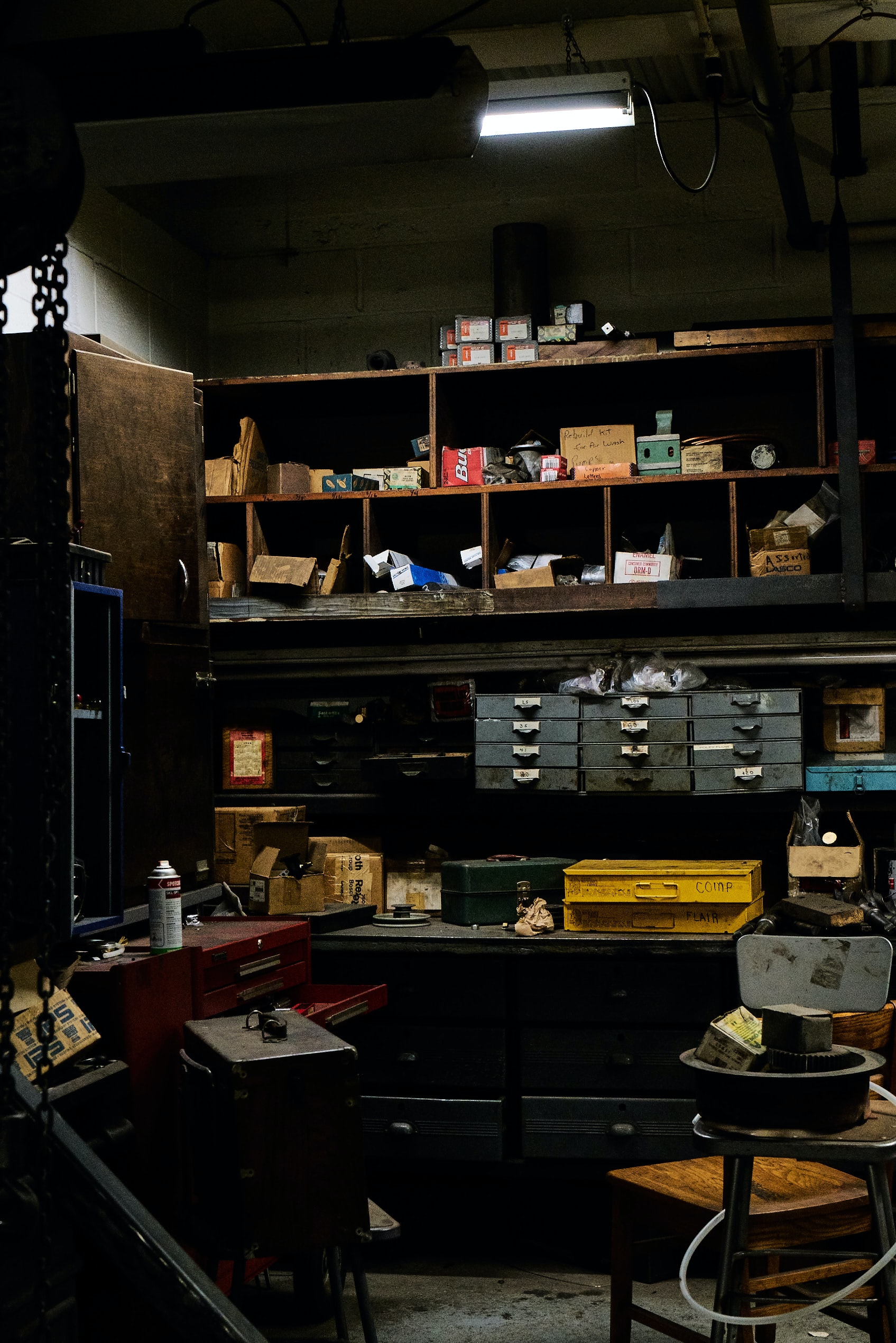Brighten up your summer with these beautiful flowers that will thrive in the summer heat!
Now more than ever we are spending time at home. With vacations on hold, we will be enjoying our homes more than ever. Let’s not let the dry summer heat spoil our enjoyment of our garden and yards, just when we use them the most! These flowers will add beauty and color to your yard.
Lily of the Nile
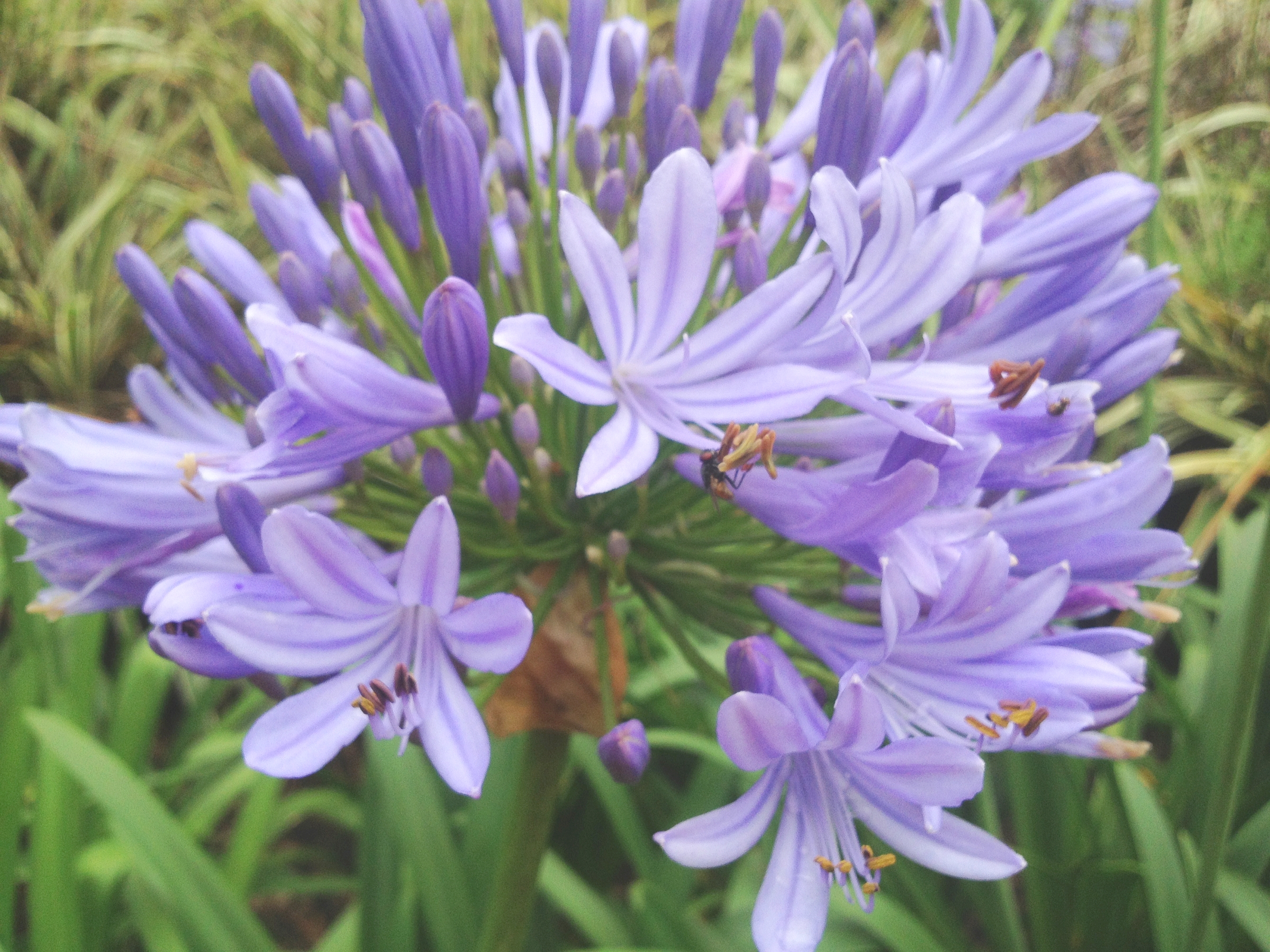
Also called blue lily or African lily, Agapanthus praecox is full sun or partial shade flower that thrives in warmer areas, especially in pots. “When it comes to containers and hanging baskets that are showing signs of stress, the best thing you can do is to move them into the shade and check often for dryness,” advises Kate Karam, editorial director at Monrovia. “They may need a deep drink at least once or even twice a day.”
Carnations

A symbol of love and distinction, carnations are known for their bold hues and impressive range of varieties. Certain carnations can grow up to 24 inches, while others range between 9 to 12 inches.
Oriental Lilies

There’s no denying the beauty of Oriental Lilies, which are known for their alluring fragrance and large flowers. They’re also low maintenance, requiring ample sunlight and moist soil.
Yarrow
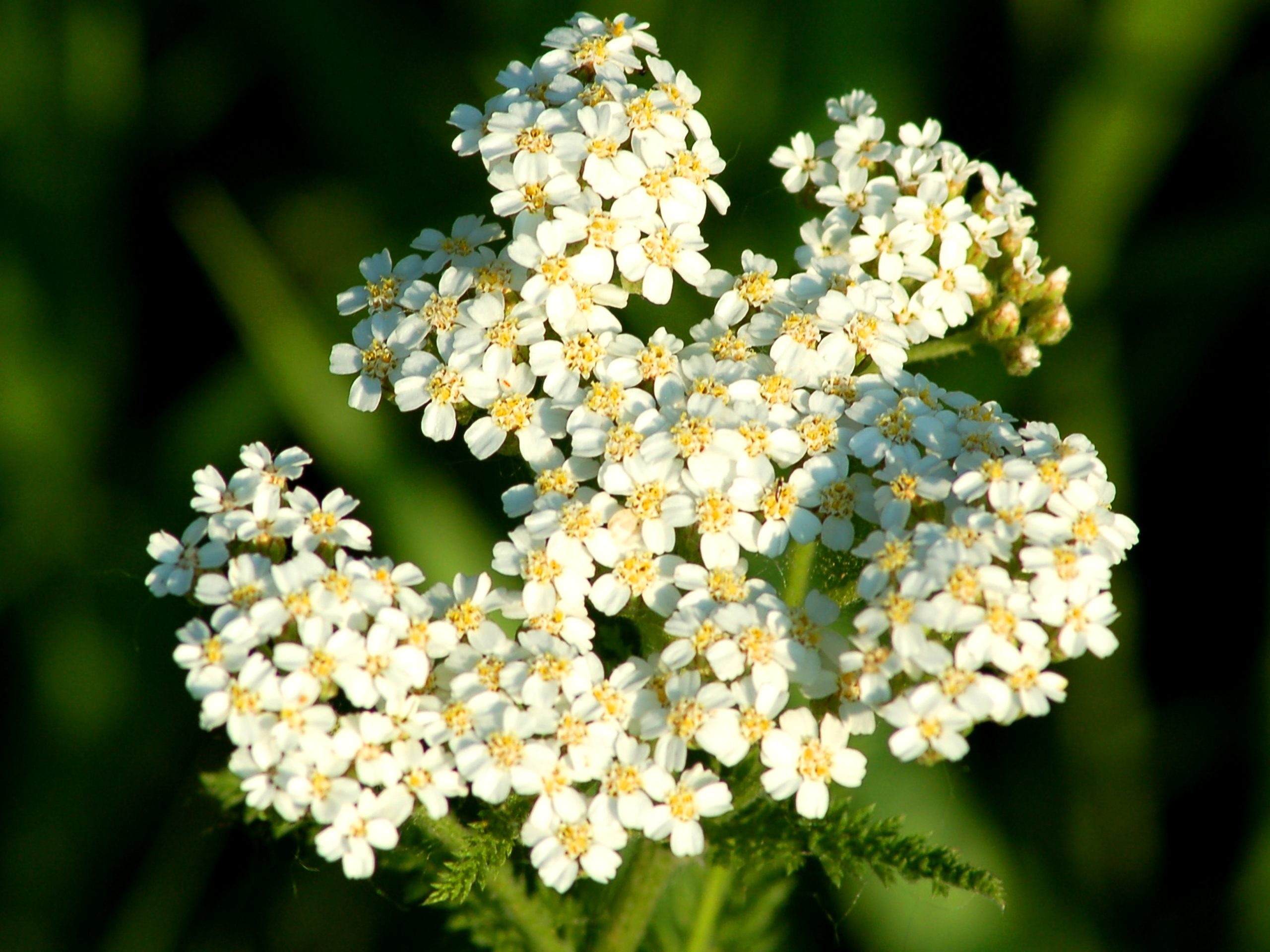
Leave it to these dainty flowers to add a touch of elegance to your garden. While they can thrive under a bit of shade, they do best with loads of sunlight and well-drained soil.
Foxgloves

If you’re looking for a statement flower to add to your garden, consider foxgloves, which can easily reach up to six feet. They bloom early on in the summer and come in a slew of colors, ranging from pink to white.
Hibiscus

You can find these vibrant, trumpet-shaped blooms in a range of color combinations. Known to attract hummingbirds and butterflies, these flowers need tons of water and fertilizer during their blooming phase.
Gladiolus

This popular summer flower needs well-drained soil, a moderate amount of moisture, and an abundance of sunlight to flourish. Keep in mind that wind can harm certain tall varieties.
Rudbeckia

Some Rudbeckia varieties bloom during the summer months. These cheerful flowers are considered to be low maintenance, needing lots of sunlight along with well-drained soil.
Amaranthus
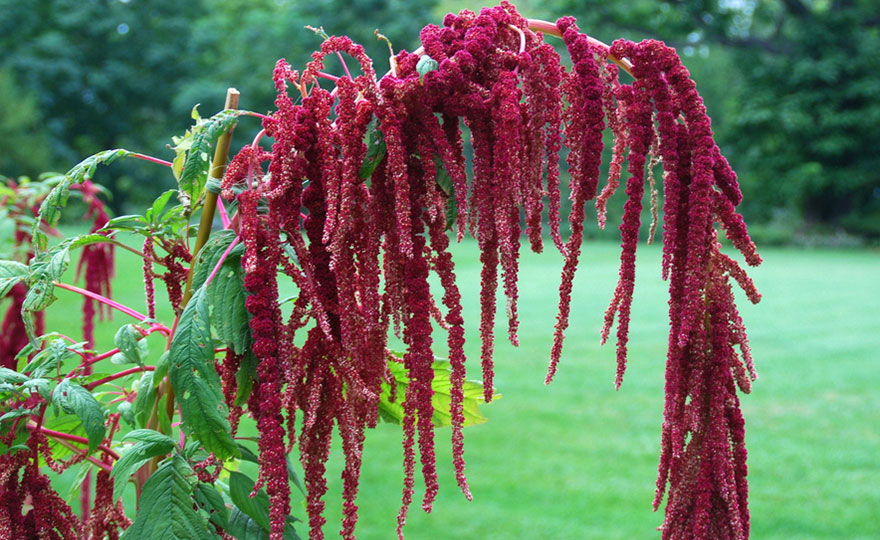
Also known as amaranth, this flower can grow from 18 inches to 6 feet tall in a variety of colors including red, orange, gold, green, and purple. This direct-sow annual does not tolerate wet soil, shade, or transplanting well.
Spider Flowers

Cleome hassleriana grows to be about 3 to 5 feet in rose, pink, purple, and white. It’s easy to grow from seed and self-sows for future summers.
Begonias
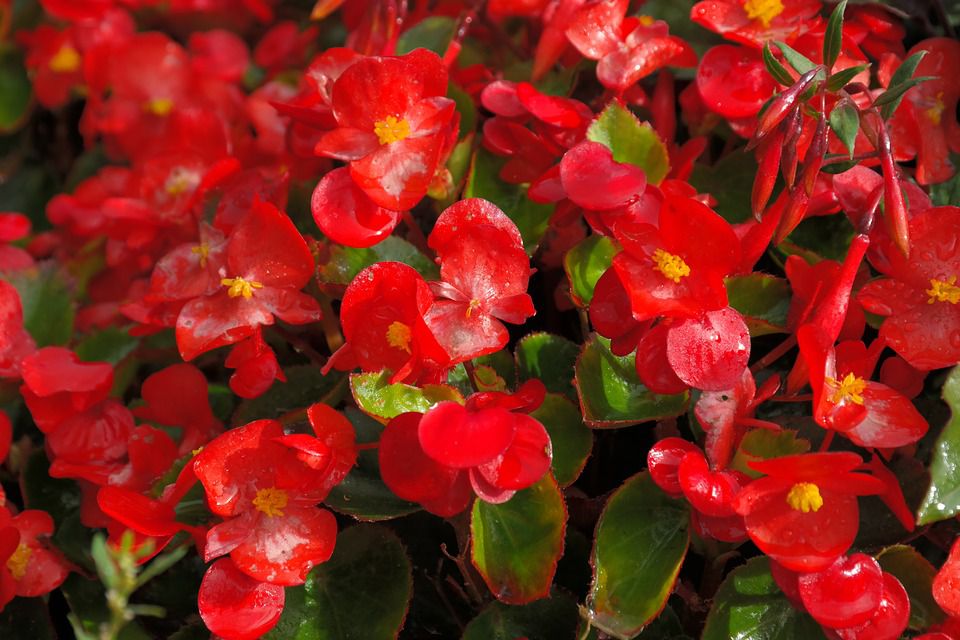
When it comes to begonias, you can find more than 1,000 different types in an array of colors, shapes, and sizes. They like soil that’s moist (rather than soaking wet), humidity, and partial shade.




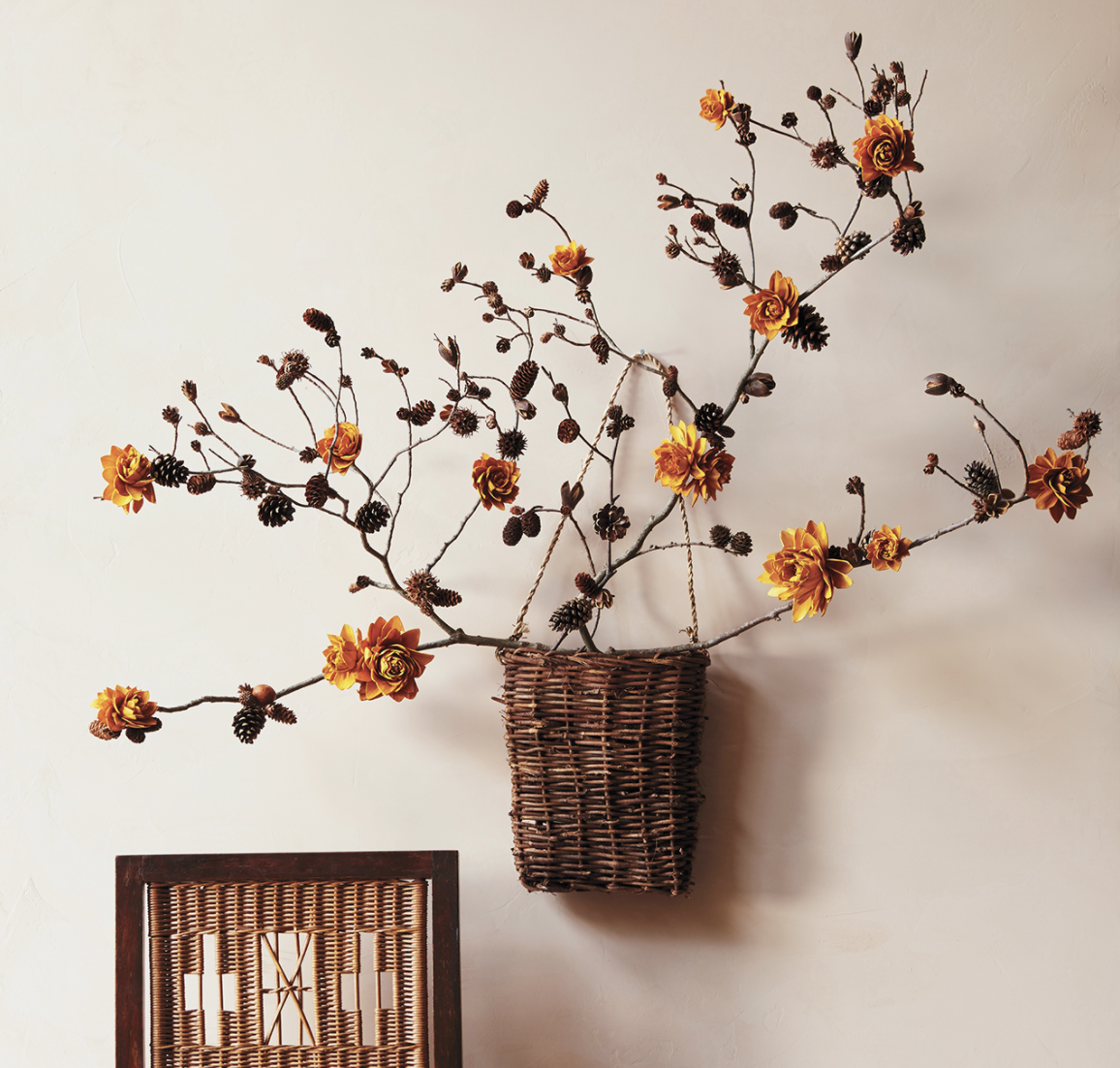
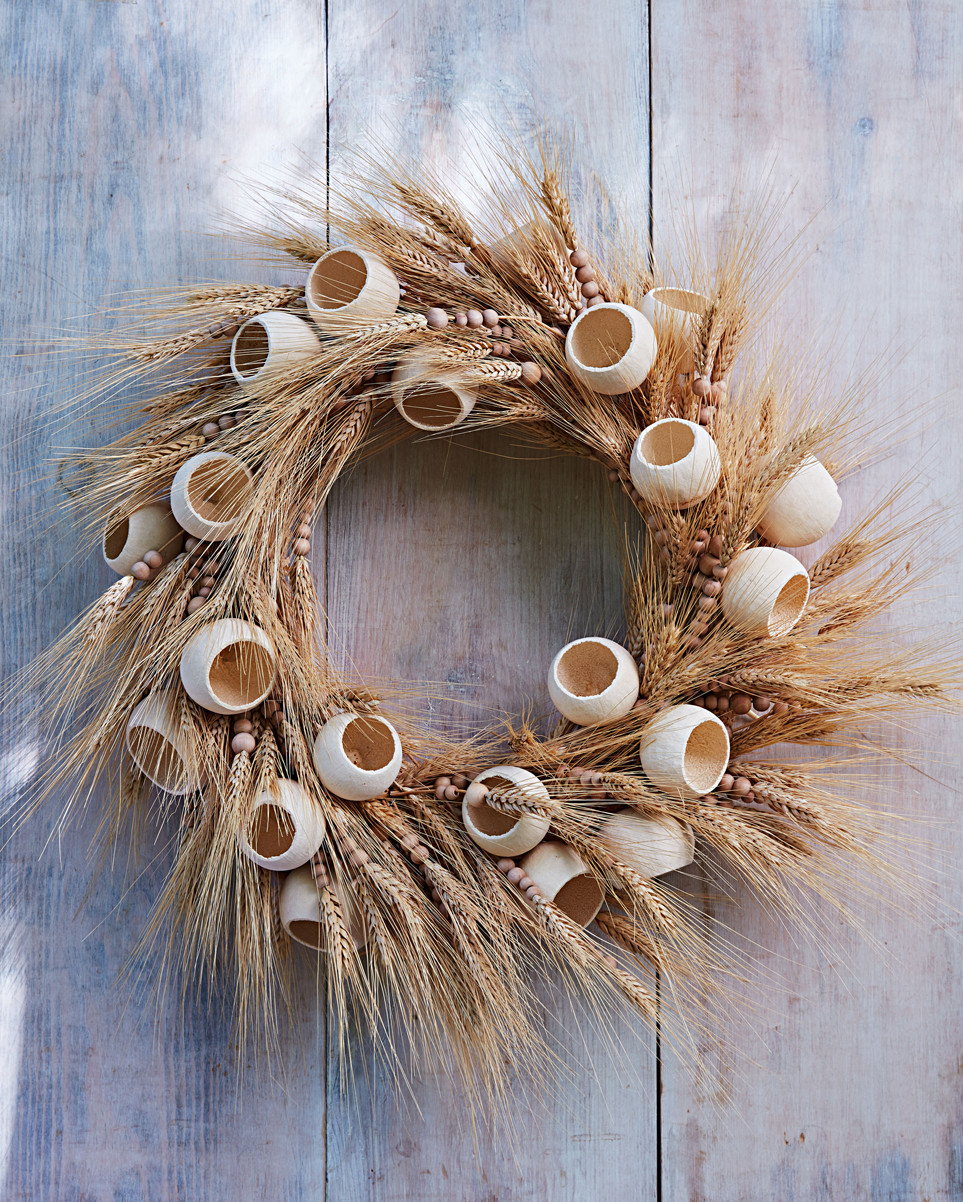 A wreath is a lovely way to welcome guests into your home. This wild wonder owes its elegant good looks to the natural materials that embellish its standard straw base. We added wheat stalks laced with wooden beads and sculptural bleached seedpods.
A wreath is a lovely way to welcome guests into your home. This wild wonder owes its elegant good looks to the natural materials that embellish its standard straw base. We added wheat stalks laced with wooden beads and sculptural bleached seedpods. Summer flowers may have wilted with the changing of seasons, but wheat stalks – with their delicate, golden form – are long-lasting. Arrange an armful of tall stalks into a vase, cropping the ends and fluffing the tops, and display your glorious autumnal bouquet.
Summer flowers may have wilted with the changing of seasons, but wheat stalks – with their delicate, golden form – are long-lasting. Arrange an armful of tall stalks into a vase, cropping the ends and fluffing the tops, and display your glorious autumnal bouquet.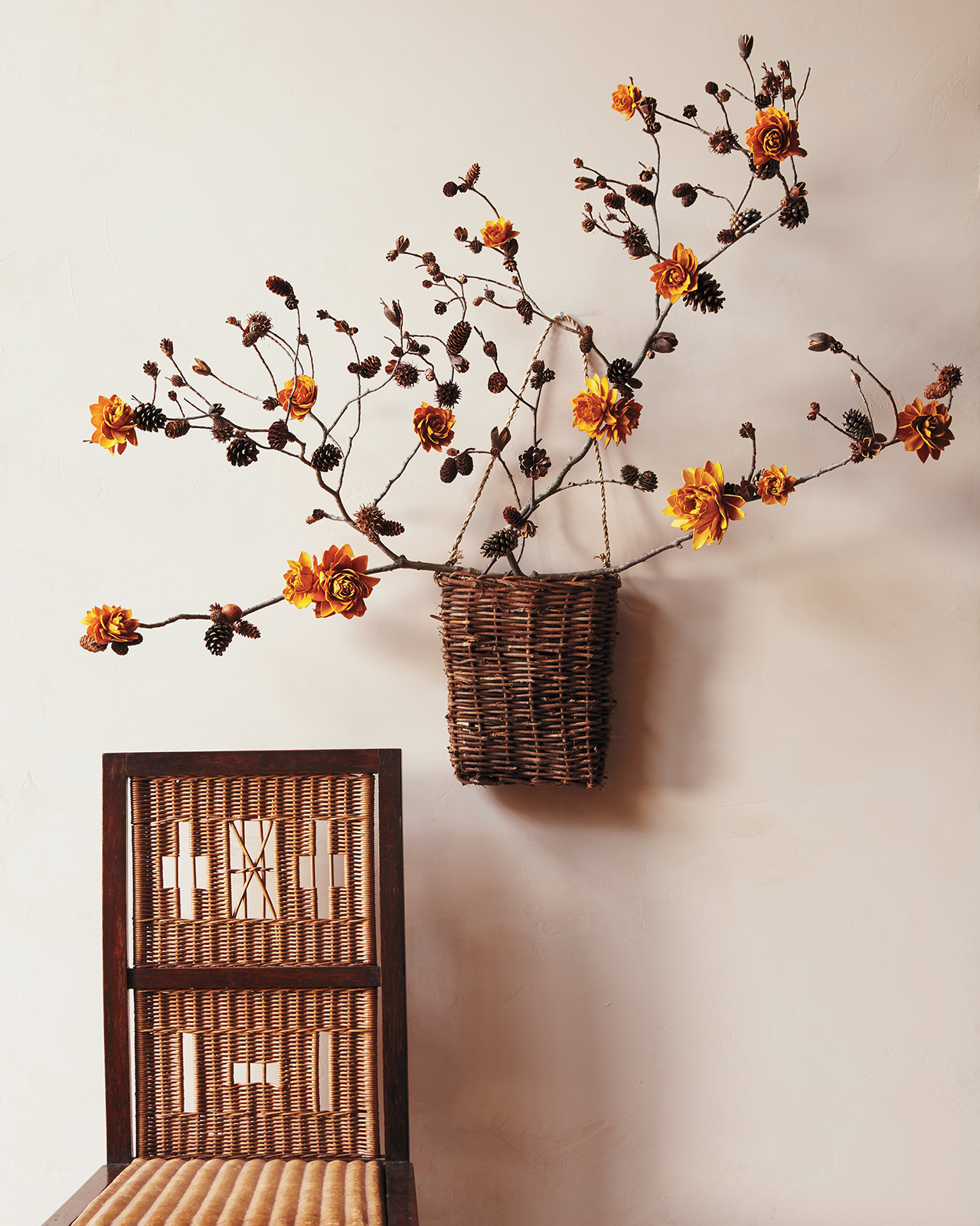 Assorted pinecones, pods, acorns, and other natural decorations all make for a wilt-proof wall hanging. Treat them with a few coats of golden yellow paint, then hot-glue them to dried twigs gathered from the yard.
Assorted pinecones, pods, acorns, and other natural decorations all make for a wilt-proof wall hanging. Treat them with a few coats of golden yellow paint, then hot-glue them to dried twigs gathered from the yard.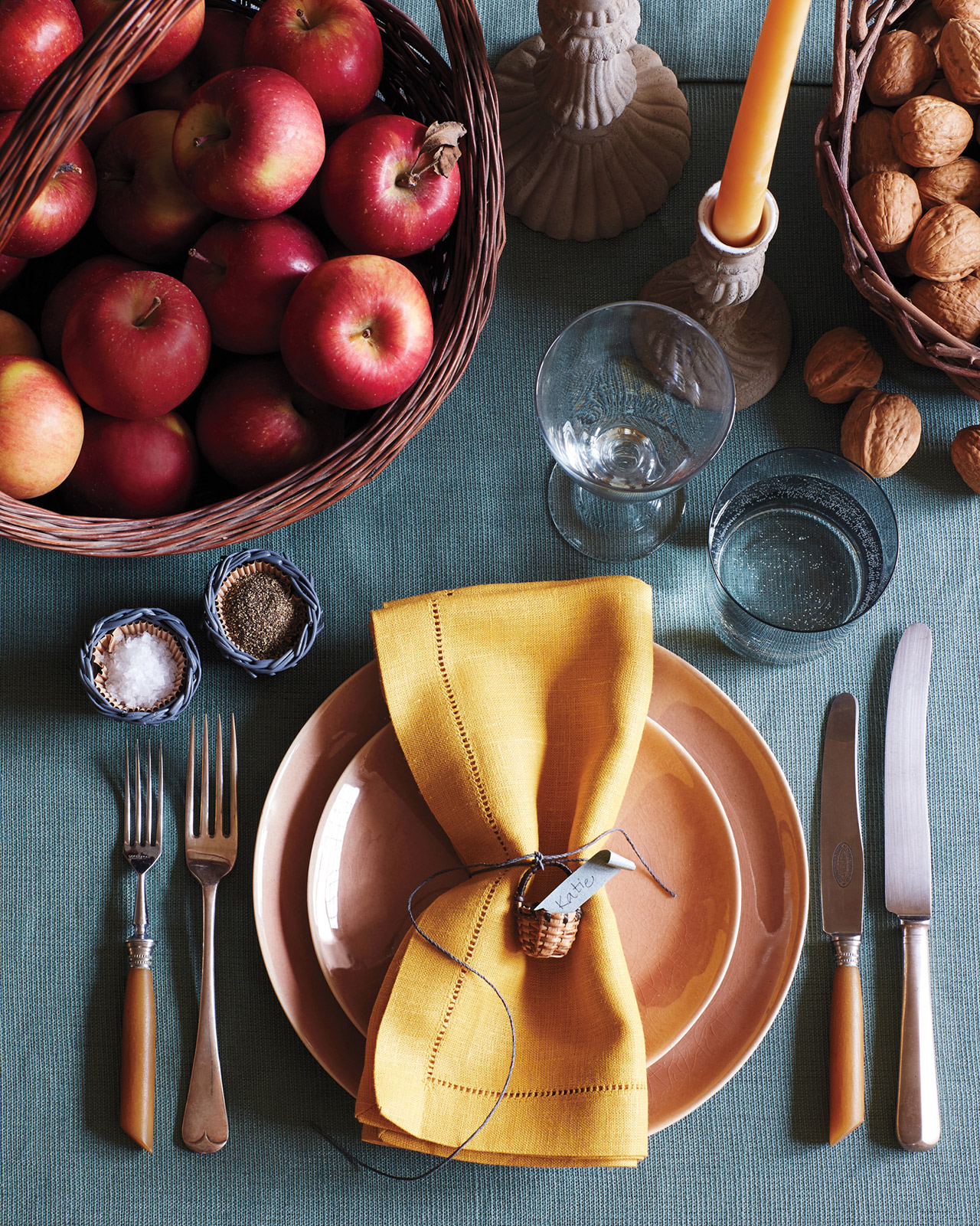 Baskets are good for more than bearing fruit! Make use of them on the dinner table as centerpieces, salt, and pepper cellars, or and added touch to your guest’s place settings. For each place card, cinch a napkin with a waxed cord and tie the ends around the basket’s handle.
Baskets are good for more than bearing fruit! Make use of them on the dinner table as centerpieces, salt, and pepper cellars, or and added touch to your guest’s place settings. For each place card, cinch a napkin with a waxed cord and tie the ends around the basket’s handle.




